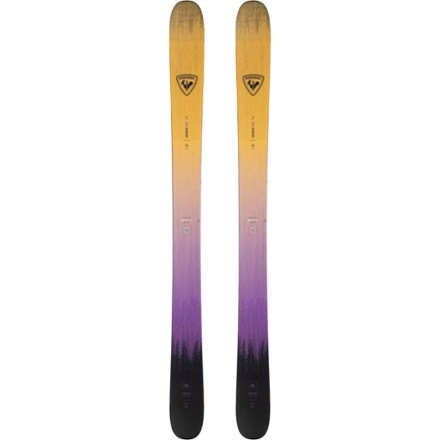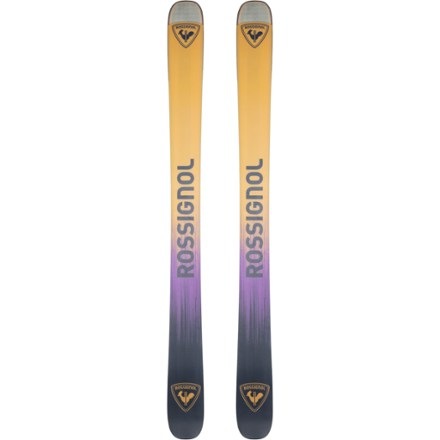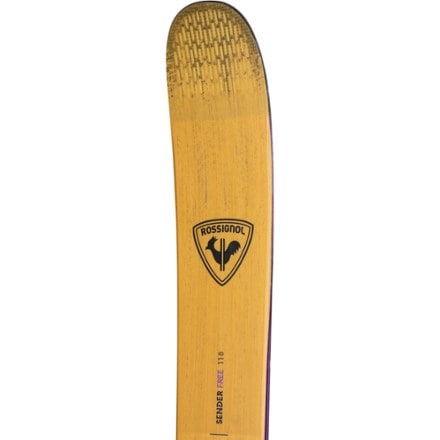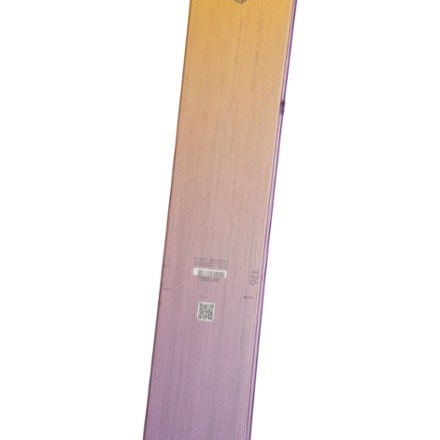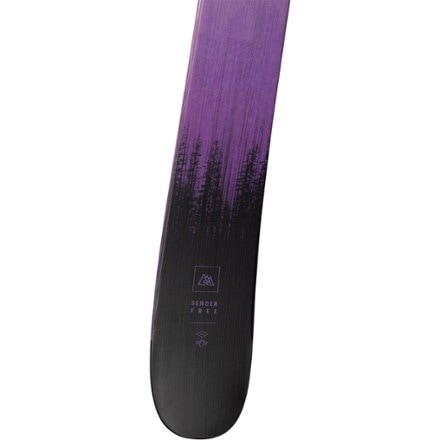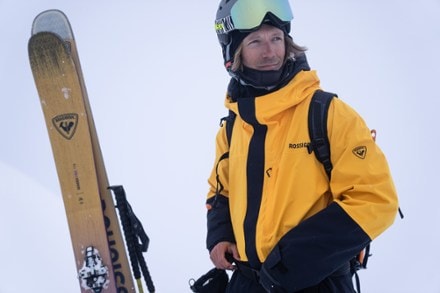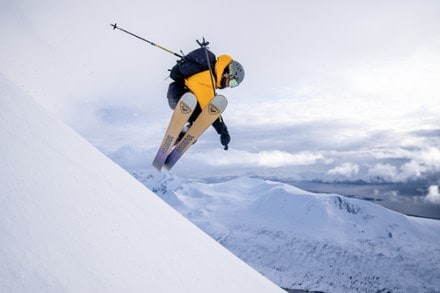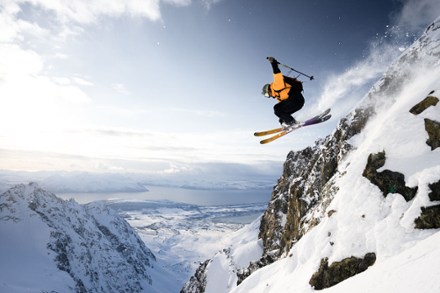Skip to search results
loaded 1 results
Rossignol Kevlar Skis
(1 product)Products (1)
Sort: Best Match
- RossignolSender Free 118 Skis - 2025/2026$899.95Terrain:PowderWaist Width:118 mmSidecut Radius:22 to 25 m
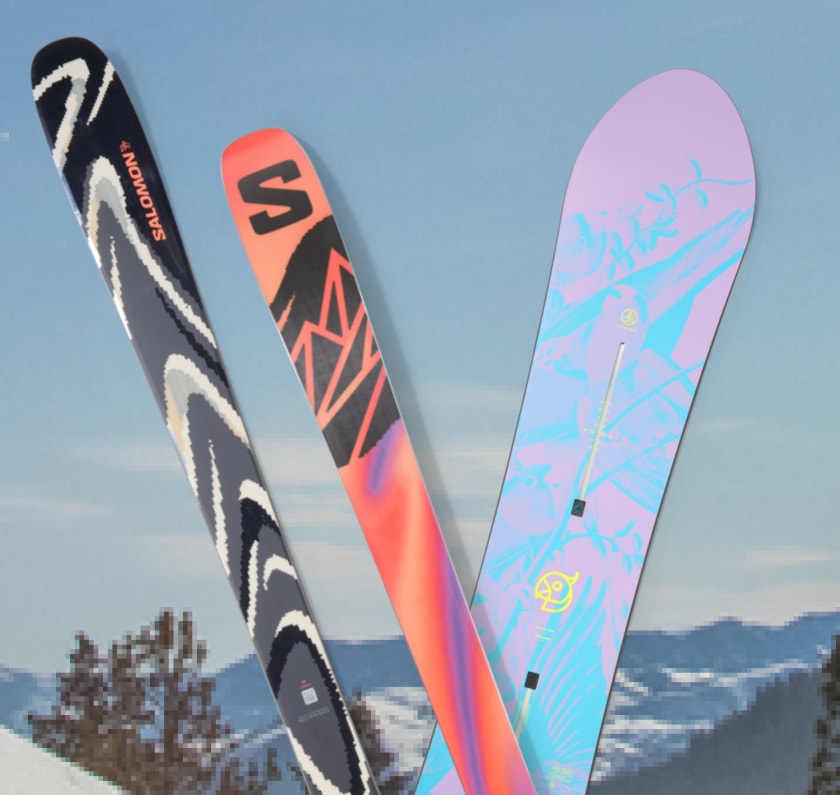
Skis & snowboards ship free
Enjoy free U.S. standard shipping when you spend $60+ on any order thru March 1, 2026.
See details
Sort: Best Match
